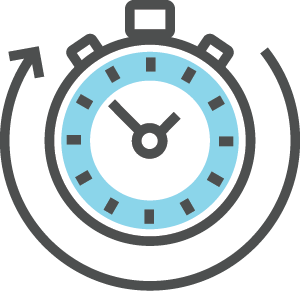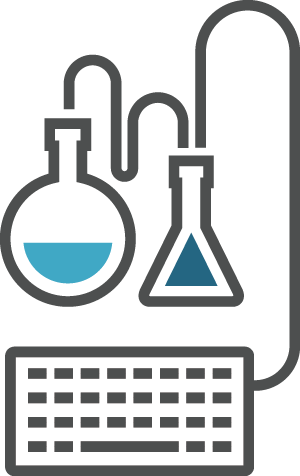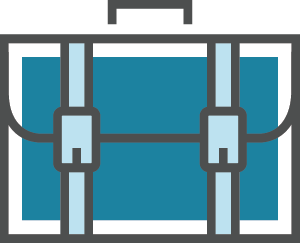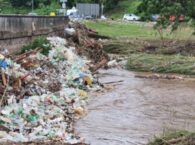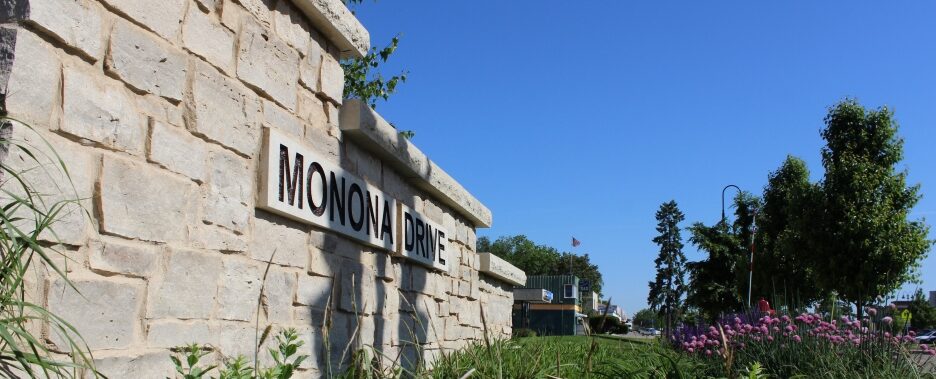
The City of Monona receives on-the-ground support to work toward a more sustainable, livable future
University of Wisconsin-Madison’s inaugural UniverCity Year program integrates university courses—administration, faculty, students—to assess, audit, and complete 30 recreation, transportation, housing, and digital connectivity projects.
Metrics
Community
City of Monona, Wisconsin, USACommunity Size
8,045 (2018 Census Estimation)University
University of Wisconsin-MadisonProgram
UniverCity YearYears
Fall 2016 - Spring 2017Status
CompletedCase Type
Partnership StoriesSchool Size
Greater than 40,000Focus Areas
Democratic Governance, Economic and Social Inclusion, Environmental SustainabilityDiscipline
Agriculture Economics, Applied Economics, Civil Engineering, Environmental Studies, Geography, Landscape Architecture, Library and Information Studies, Life Sciences Communication, Marketing, Population Health, Public Affairs, Real Estate, Soil Science, Urban and Regional Planning, Urban Land EconomicsRegion
EPA Region 5, USACommunity Partner Department
Community Media, Community Relations, Parks and Recreation, Public WorksPolicy
Bikes, Cultural Mapping, Finance, Governance, Health, Housing, Internet, Nature Preservation, Parks, Radio, Safety, Schools, Strategic Planning, SurveyUniversity Department Code
Agriculture, Architecture, Communication, Earth and Environmental Science, Economics, Engineering, Geography, Library and Information Science, Marketing, Public Health, Real Estate, Urban and Regional PlanningSustainable Development Goals
10 Reduced Inequalities, 11 Sustainable Cities and Communities, 12 Responsible Consumption and Production, 15 Life on Land, 16 Peace Justice and Strong Institutions, 3 Good Health and Well-Being, 9 Industry Innovation and InfrastructureCommunity Population Sizes
8045 (2018 Census Estimation)Population Type
Business Owners and Consumers, Home Insecure, Home Owners, Persons with Disabilities, Seniors/Elderly, Transit Users, YouthThe UniverCity Year program at the University of Wisconsin-Madison, an EPIC-Network member, was created to help local government and community partners with identified sustainability and livability projects. Participating University faculty would incorporate community-identified projects into classes, providing students with on-the-ground experience in working towards a more sustainable and livable future for the partnered community.
During the 2016 to 2017 academic year, the City of Monona was chosen to partner with the UniverCity Year program due to its proximity to the university and for strong support from Mayor Bob Miller (UniverCity Year website).
The City of Monona, Wisconsin, is a small community within Dane County with almost 8,000 residents. The city has many amenities to offer its population, from being located seven miles from the University of Wisconsin-Madison campus to offering access to “over 330 acres of green space, including parks, woodlands, and wetlands.” (Geography 578 final report) However, after more properties were annexed into the region during the mid-20th century, Monona could no longer expand.
Now the oldest community in Dane County, the City of Monona is “seeking solutions to its aging housing stock, how to grow without the ability to expand, and how to preserve its small-town community feel and natural resources during redevelopment” (UniverCity Year website).
UW-Madison faculty adapted thirty courses—from disciplines including public affairs, population health, life science communication, civil engineering, geography, and urban & regional planning—for the UniverCity Year partnership with Monona, which integrated various sustainability and livability projects, including efforts to:
- Increase the usability of public parks
- Ensure biking and walking routes are safe and accessible to all
- Improve the city’s digital resources for residents
- Inform redevelopment goals which address resident health and housing opportunities
Thanks to this extensive collaboration, the UniverCity Year program—administrative staff, professors, and undergraduate and graduate students—provided innumerable support to the City of Monona, resulting in considerable “on-the-ground impact and momentum for a community working toward a more sustainable and livable future” (About
UniverCity Year).
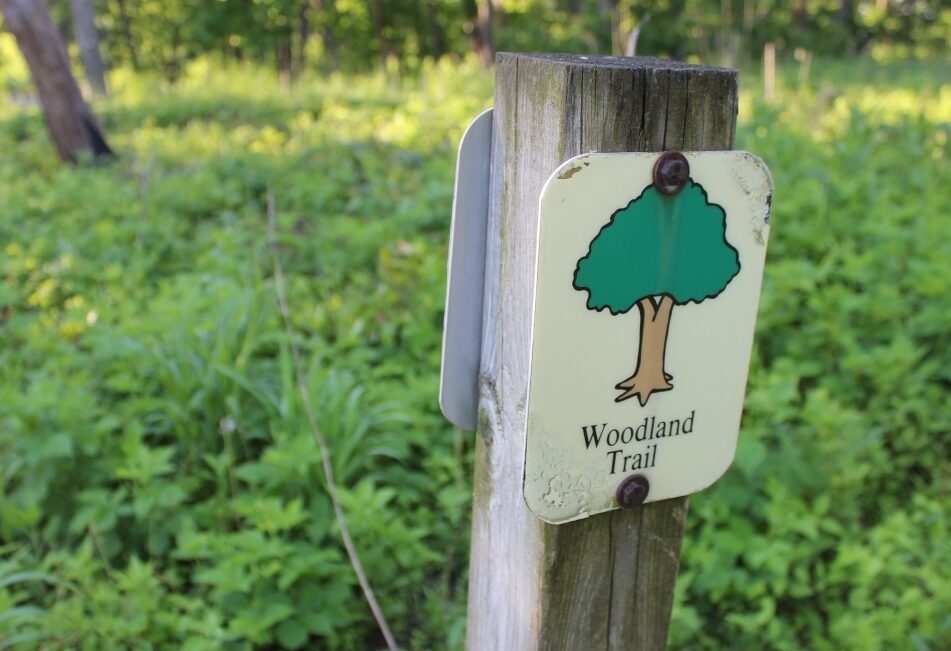
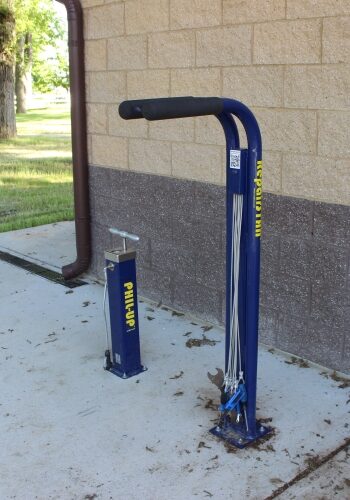
Partnership Results
Increasing opportunities and pedestrian safety for biking and walking
Professor Zhu’s GIS Applications course developed recommendations to lower transportation risks for pedestrians and cyclists and improve existing bike, pedestrian, and transit infrastructure. (Geography 578 final report)
Cartography undergraduates designed an interactive walking map of historic Monona, which displayed “significant historical, cultural, and architectural sites in the city of Monona.” (Geography 370 final report)
Graduate-level Urban & Regional Planning students conducted a survey given to parents and produced recommendations and ordinances to increase student safety while commuting to and from school (see survey results here). (Urban & Regional Planning 912 final report)
Urban & Regional Planning undergraduates performed multiple audits on Monona facilities and programs to identify ways to increase resident bicycling education, encouragement, enforcement, engineering, and evaluation. (Urban & Regional Planning 590 final report)
An undergraduate student conducted an independent research project, surveying the community about safer active transportation pathways to meet resident’s needs, from cordoned off bike lanes to well-lit sidewalks for pedestrians. (Community Fellowship final report)
Students in Professor Jonathan Patz’s Health Impact Assessment of Global Environmental Change course found that the recommendations produced by preceding UniverCity Year active transportation courses would return health benefits that far exceeded initial implementation costs, improving residential accessibility to natural parks, lakes, and communal housing. (Population Health 740 final report)
University Capital
"UniverCity Year helped us reimagine community design and planning."
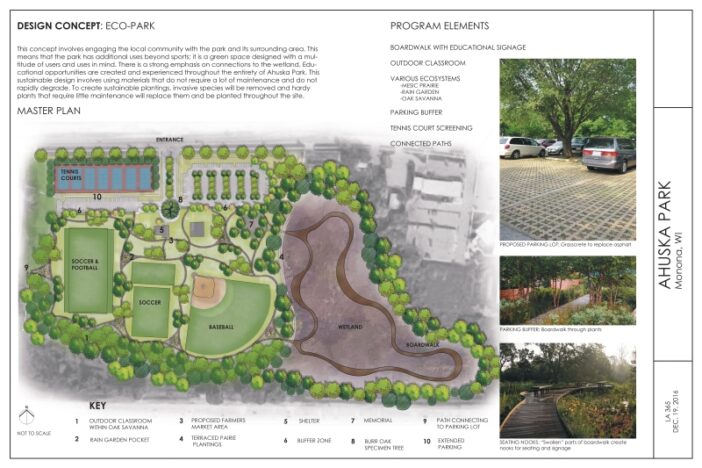
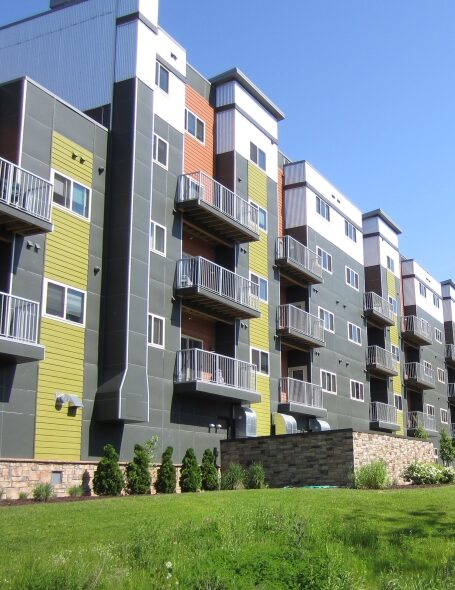
Upgrading and integrating digital communication technologies
Information Radio students more than 30 PSAs for 98.7 FM WVMO, the Voice of Monona, to increase public awareness of services available throughout Monona, including recycling programs and educational tools available at the local library. (Life Science Communication 360 final report)
“Working with the students and faculty, in the case of communications, helped us understand what we want just as much as what we don’t want. For example, the one communications class [by Larry Meiller] produced some polished PSAs for us. We put them on the air at WVMO – and still have some on the air. But we realized that we wanted to have more neighbor and community voices on the air.” — Will Nemmow, City of Monona, Community Media Director
Professor Dorothea Salo’s Introduction to Digital Information class provided website redesign recommendations which would improve “the accessibility, usability, and search-engine friendliness” of the MyMonona website. (Library & Information Studies 351 final report)
“We also now have a comprehensive list of changes we should consider making to our website […] the process has at least helped us realize the benefit of running different website content by many different departments to coordinate our messages. Our time is limited, but we now at least have a new way to think about how we update our website.” — Will Nemmow, City of Monona, Community Media Director
Marketing students created content strategies to increase resident engagement with Monona’s Community Media (MCM) station, a citywide platform used to engage citizens with municipal information through digital media. (Marketing 355 final report)
Monona avoided a net loss on a proposed municipal internet program with results garnered from a student-led cost-benefit program audit. Professor Dave Weimer’s Public Affairs students found every iteration of Monona’s municipal WiFi plan would “not return benefits that will compensate for the costs of this project,” helping the city circumvent a potential financial misstep. (Public Affairs 881 final report)
Students identified how Monona could provide customers with alternatives to private Internet services. Under the direction of Professor Anne Reynolds and City of Monona’s Community Media Director, Will Nimmow, students researched the benefits of municipal broadband internet and the ways the city could implement it. (Agricultural & Applied Economics 323 final report)
Preserving Ho-Chunk culture and history in Monona
With the guidance of Professor Jessica Conaway and in collaboration with Bill Quackenbush, Ho-Chunk tribal historic preservation officer, Environmental Studies students recommended informational programs and park signage to “educate visitors of the parks about Ho-Chunk language, history, and culture.” (Environmental Studies 600 final report)
Improving soils and structures in Ahuska Park
Students completed a proposal on how to improve turf management practices for the 22-acre Ahuska Park to continue to “offer long-lasting value” to the City of Monona and all visitors of the park. (Soil Science 332 final report)
Under the guidance of faculty member Eric Schuchardt, a student conducted independent research to design a regional trail system to increase access and connectivity to Ahuska Park’s trails. (Landscape Architecture 610 final report)
Professor Greg Harrington’s senior Civil & Environmental Engineering students produced recommendations and plans to increase recreational opportunities at Ahuska Park, which would have the “greatest potential to offer long-lasting value” to the City of Monona. (Civil Engineering 578 final report)
Professor John Harrington’s Planting Design course created an ecologically-friendly redesign which would increase opportunities for exploration, exercise, and education throughout Ahuska Park. (Landscape Architecture 365 final report)
City of Monona Parks and Recreation Director shares how some of the student and faculty work to improve Ahuska Park is already adopted:
“For the turf management project, we are now using a new irrigation application schedule and are now using sand. A new nutrient / pesticide policy will come out of what the students did. Quite simply, we were using one approach, and the work showed us that it wasn’t working as well as it could. Now we’re doing something different. It was helpful to have that outside perspective.” — Jake Anderson, City of Monona Parks and Recreation Director
Improving residential leaf management practices
Residents were encouraged to improve their leaf management practices thanks to a social media campaign developed by Professor Neil Stenhouse’s Life Science Communication students, which sought to improve residential knowledge and encourage residents with public persuasion, including the deployment of the slogan “don’t be that neighbor.” (Life Science Communication 515 final report)
The project led to increased community engagement:
“There were some projects that we immediately put into action. We knew that leaf management practices directly impact water quality, so a group of students in life sciences communication put together materials for an ‘Adopt a Storm Drain’ program. Now two years out, we’ve exceeded our goals for the number of storm drains that have been adopted and have increased our goal. We still have a long way to go, but at least now neighbors are seeing their friends adopt drains and asking, ‘How can I get involved?’ That’s what this is all about.” — Brad Bruun, City of Monona Project Manager
Improving access to Winnequah Park for all Monona residents
Fourth-year undergraduate students in the Open Space Planning and Design course proposed design solutions which would “improve accessibility, diversify athletic and event spaces, and restore ecological communities throughout the park and along the shoreline.” (Open Space Planning and Design final report)
Engineering upgrades to existing structures within Winnequah Park were designed to “engage and inspire the community to reignite their interest and involvement in all [the park] has to offer.” (Civil Engineering 578 final report)
“Through UniverCity Year, your community will get big ideas that can be helpful to rethink projects. We weren’t necessarily looking for shovel-ready projects. When working with professional consultants, it’s a very linear process where you expect to get something you can turn around a build soon. With UniverCity Year, you think bigger about projects: what direction do you want to go in the future? What things are we missing? What are other people doing to address similar issues? It’s been very helpful spark discussions we wouldn’t have had otherwise. The benefits keep paying off, even 3 or 4 years out.” — Jake Anderson, City of Monona Parks and Recreation Director
Community Results
Providing affordable, safe housing for all residents
Professor Kurt Paulsen’s Planning Workshop (URPL 912 final report) and Housing & Public Policy (URPL 844 final report) graduate-level courses provided structural recommendations and financial pathways which would expand programs to include affordable and accessible housing for first-time homebuyers, seniors, and people living with disabilities, while increasing communal atmospheres throughout residential spaces. Furthermore, students developed future applications which could continue the Renew Monona loan program, a city-managed loan program for homeowners to remodel, renovate or otherwise improve their homes. (URPL 844 final report)
With the findings and recommendations provided by the integrated UW-Madison UniverCity Year courses, administrators, faculty, and students, the City of Monona found they could educate residents about local histories, make residential transportation safer, increase city-to-citizen pathways, and improve affordability of and access to housing for all. By engaging local municipality officials, engineering contractors, and long-time residents with participating university faculty and students, Monona can effectively improve sustainability and livability conditions for their residents.
Partnership Contact Information
UniverCity Year Contact
Gavin Luter
Managing Director, UniverCity Alliance
608-261-1141
gavin@cows.org
City of Monona Contact
Bryan Gadow
City Administrator
608-222-2525
UniverCity Year is made possible through the generous support of American Family Insurance, Evjue Foundation, UW-Madison’s Baldwin Wisconsin Idea Endowment, COWS, Nelson Institute for Environmental Studies, and alumni John Holton and Patrick Thiele.


